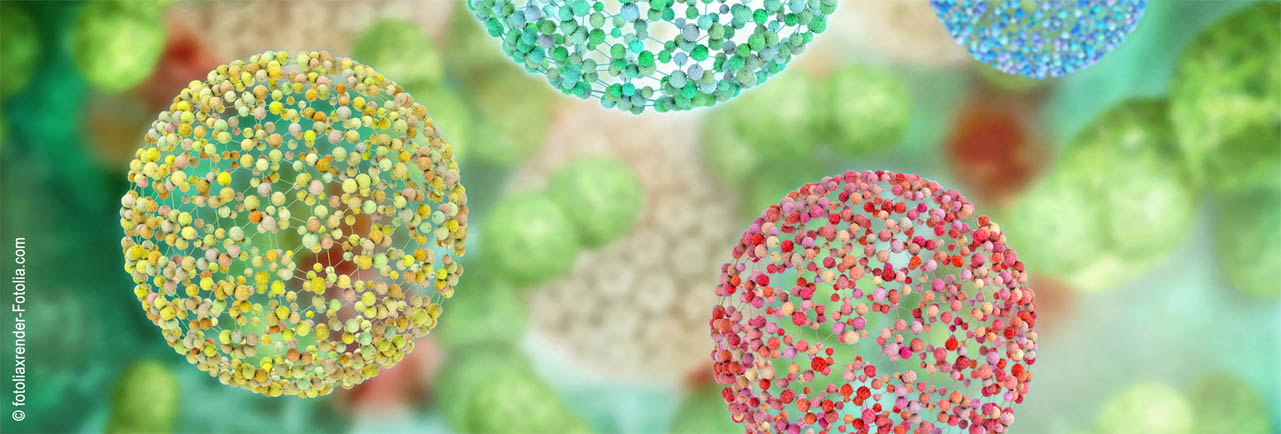Speaker
Description
Hybrid materials called bionanocomposites will be generated, formed from the mixture of biopolymers (fish gelatin) and metallic nanoparticles. These hybrid materials are generated using green methodologies and are promising candidates to provide materials through different processing methods, such as film casting, electrospinning [1], and 3D printing, with advanced applications such as drug nanocarriers, tissue engineering, antibacterial coatings, and orthopedic prosthetics. Furthermore, the addition of gold nanoparticles in the hydrogel network synthesized by environmentally friendly and biocompatible methods extends the functional capabilities of the therapeutic agent to sensing capabilities. Therefore, the synthesis of gold nanoparticles will be optimized under soft, biocompatible and environmental conditions with the environment, to add them in the hydrogel network and subsequent synthesis step. The development of hybrid biomaterials with metallic nanoparticles [2] will broaden the application in the field of nanomedicine, coupling sensory and therapeutic applications as well as the use of mechanical characteristics that allow the local administration of drugs in areas of difficult access.
In the biomedical industry, electrospinning is considered a promising method for the production of polymer nanofibers because of the simplicity and cost-effectiveness of the technique [3]. In particular, human tissues and organs are composed of nanofibrous systems, so electrospun nanofibers have the potential to mimic the extracellular matrix. Due to the low performance of the technology and the need for certain solvents, PLA nanofibers have not yet been produced industrially [3]. However, due to their critical role in biomedical applications such as bone regeneration, drug delivery systems, and wound dressings, PLA nanofibers are the subject of ongoing research. PLA Gelatin-embedded nanoparticles are expected to show increased cumulative drug release. Furthermore bionanomaterials with expanded physicochemical properties are needed to offer combination therapeutic treatments. For all this, bionanocomposites formed by hydrogels of fish gelatin embedded with both gold nanoparticles and PLA nanoparticles loaded with therapeutic agents (Doxorubicin and Crocin) will be generated, for possible applications in nanomedicine.
Characterizing the nanostructural evolution during gelation, as well as the thermal activation of polymeric nanoparticles within the bionanocomposite scaffold, is essential to understand the influence of the gelatin network on PLA crystallization [4].
It is carried out with high spatial and temporal resolution in the range of 25 °C to 65 °C, and a final heating step to test the reversibility of bionanocomposite networks, thus elucidating the ideal conditions to create drug delivery systems.
In addition to determining the dispersions of gold nanoparticles and their stability, to subsequently mechanize the gelation process of the bionanocomposite by cooling it loaded with doxorubicin and crocin, which is elucidated by simultaneous SAXS/WAXS experiments.
References:
- Agarwal, S.; Wendorff, J.H.; Greiner, A. Use of Electrospinning Technique for Biomedical Applications. Polymer 2008, 49, 5603–5621, doi:10.1016/j.polymer.2008.09.014.
- Samadian, H.; Khastar, H.; Ehterami, A.; Salehi, M. Bioengineered 3D Nanocomposite Based on Gold Nanoparticles and Gelatin Nanofibers for Bone Regeneration: In Vitro and in Vivo Study. Sci Rep 2021, 11, 13877, doi:10.1038/s41598-021-93367-6.
- Moya-Lopez, C.; González-Fuentes, J.; Bravo, I.; Chapron, D.; Bourson, P.; Alonso-Moreno, C.; Hermida-Merino, D. Polylactide Perspectives in Biomedicine: From Novel Synthesis to the Application Performance. Pharmaceutics 2022, 14, 1673, doi:10.3390/pharmaceutics14081673.
- Moya-Lopez, C.; Valcarcel, J.; Vázquez, J.A.; Bourson, P.; Chapron, D.; Solano, E.; Piñeiro, M.M.; Hermida-Merino, C.; Hermida-Merino, D. Biocompatibility Enhancement of PLA by the Generation of Bionanocomposites with Fish Collagen Derivatives. emergent mater. 2022, 5, 695–702, doi:10.1007/s42247-021-00340-0.

